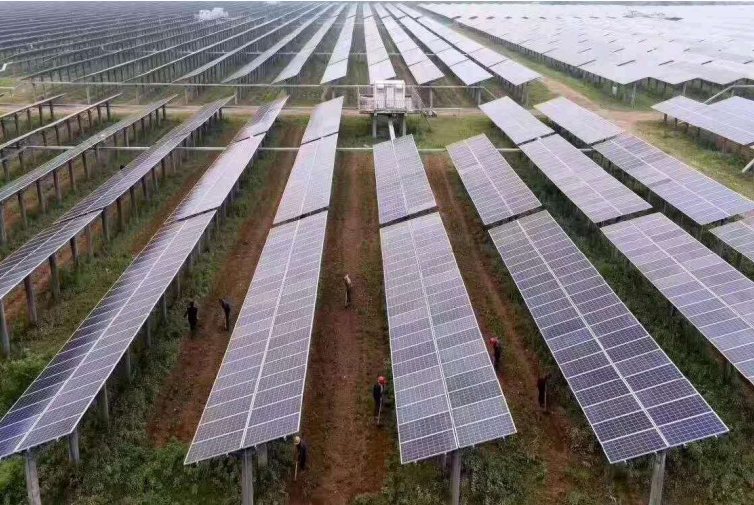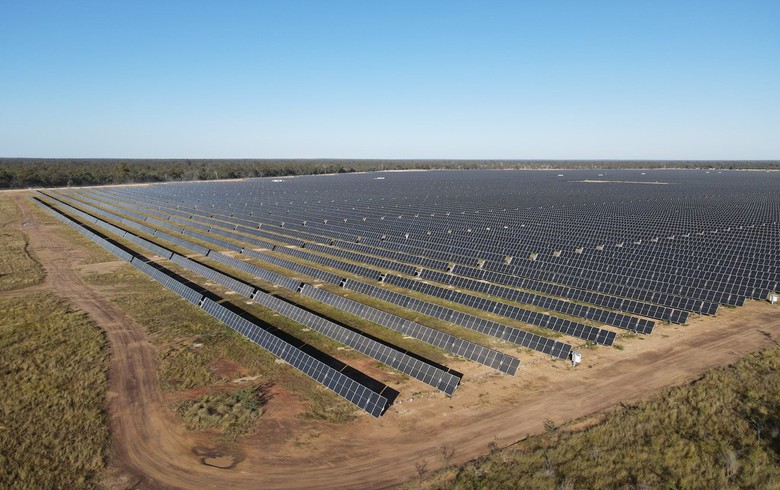Solar power (also known as photovoltaics, or PV) is likely to become the dominant power source worldwide by 2050, according to a new study. The analysis suggests the shift is likely to occur even without additional climate policies – although at least four barriers remain that could derail solar’s ascent and lock in continued fossil fuel use.Solar Damper,Lithium battery,Solar tracker actuator,Solar Tracking Controller,NMRV Series Worm Gear Reducer,Planetary gear motor,
“Historical policy to stimulate solar PV has brought down costs. We’re now at the point that a virtuous cycle between cost declines and additional deployment doesn’t require more ambitious policies targeting solar anymore,” says study team member Femke Nijsse, a climate and energy systems researcher at the University of Exeter in the UK. “More ambitious policies for other renewables [are] still needed.”
Over the last decade and a half, the cost of solar panels and wind power have plummeted. Researchers had begun to talk about a ‘tipping point’ where renewables might outcompete fossil fuel sources of energy based on cost alone, but there was little agreement on when or how this might occur.
As a result, models of the global energy system have generally assumed that fossil fuel dominance would continue. Past models have also consistently underestimated how fast solar power would grow in the real world.Solar Damper,Lithium battery,Solar tracker actuator,Solar Tracking Controller,NMRV Series Worm Gear Reducer,Planetary gear motor,
Instead, Nijsse and her colleagues analyzed the global energy system using a set of three models that incorporate that virtuous cycle between expansion of green technologies and falling costs. The models use real-world technological and economic data to forecast the rollout of various energy technologies through the year 2060.Solar Damper,Lithium battery,Solar tracker actuator,Solar Tracking Controller,NMRV Series Worm Gear Reducer,Planetary gear motor,
 Revolutionising sugar mill efficiency: Mill Gears unveils world’s largest gearbox
Revolutionising sugar mill efficiency: Mill Gears unveils world’s largest gearbox
 who are the leaders in solar trackers for the power industry?
who are the leaders in solar trackers for the power industry?
 Trina releases new version of Vanguard 1P solar tracker
Trina releases new version of Vanguard 1P solar tracker
 GameChange Solar Tests Tracking System for 40-Year Lifespan
GameChange Solar Tests Tracking System for 40-Year Lifespan